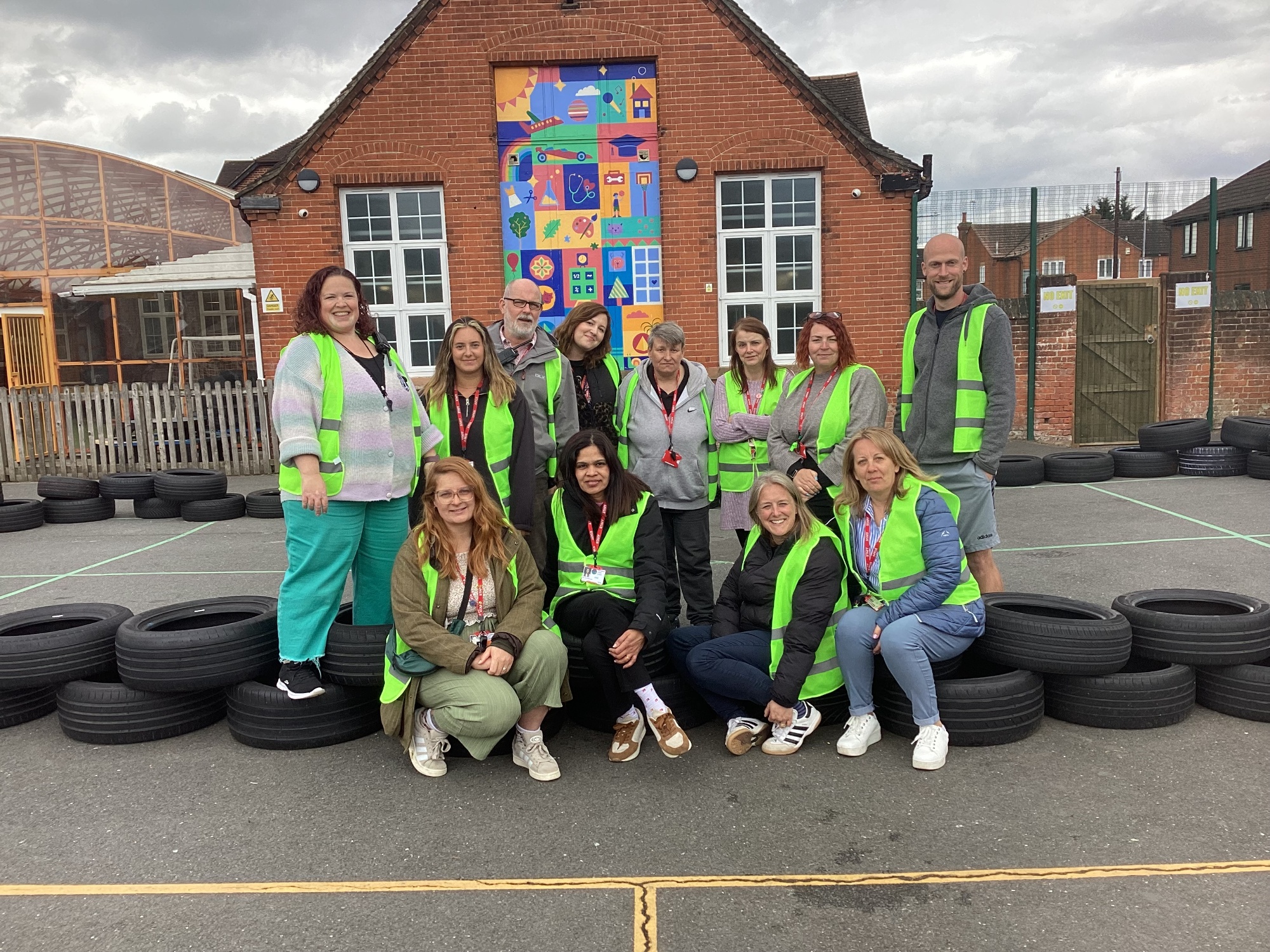WHY?
At Springfield, we believe that play is just as important as our curriculum lessons.
Play time makes up 20% of children's time at school and, when done well, can support children to develop crucial transferable skills that will support them in school and beyond. With a limited site - we decided to call in some help to transform our play time provision.
In 2023 we began our OPAL journey. 
OPAL stands for 'Outdoor Play And Learning'. It is a programme designed to support schools to enrich the lives and experiences of pupils by improving play provision. Over the last 18 months, our OPAL mentor has helped us to redesign our school lunchtimes and the play spaces children can access on our school site.
WHAT?
We are proud to have many play zones across the school with both continuous provision which is there every day and enhanced provision with rotating activities on a weekly basis. Our four main play zones are: the playground, the canopy, the walkway and the front garden. Our long term vision is to ensure that : Children at SJS have as many opportunities to explore as many different types of play as possible




